When it comes to mountain bike suspension designs, it might appear things are hopelessly complicated. Despite all the jargon and proprietary designs on the market today, there are really just three basic suspension types to understand.
Single pivot

With a single pivot design, the rear axle pivots around a single point (shown in yellow) and the shock is attached between the rear axle and a part of the frame (usually the top tube or down tube). The swingarm is shown in red.
Single pivot designs are common among entry-level bikes for a number of reasons. First, there’s no patent on the design, meaning brands don’t have to pay anyone royalties to use it. As a result, they can reach an entry-level price point that would be out of reach with some of the suspension platforms below. Single pivot bikes are also the simplest to produce, and they have fewer bearings to replace when they wear out.

The disadvantage of a single pivot design is a linear leverage ratio, meaning that if X amount of pressure results in Y amount of suspension compression, 2X will result in 2Y.
Single pivot design examples include the Orange Five and even the latest Specialized Epic. Though the Epic technically features just a single pivot point, it has “flex zones” built into the stays that sort of allow the system to act like a four-bar design (see below).
Linkage-driven single pivot

A linkage-driven single pivot design allows designers to manipulate leverage ratios. As a result, they can make suspension softer at the beginning of the stroke for small bump sensitivity and then firmer toward the end of its travel. Conversely, a firmer initiation will make pedaling more efficient and suit aggressive riding, but it won’t provide the same plush feel on small bumps.
A linkage-driven single pivot design still features a swingarm (shown in red) that pivots around a single point (hence the name, single pivot), giving the rear wheel a circular path. Linkages, shown in green, are used to connect to the shock. This is sometimes known as a “faux bar” design because while it utilizes a system of linkages like a traditional four-bar design, there is still just a single pivot point. Bottom line: a linkage-driven single pivot design results in the same wheel path as a single pivot, but looks like a four-bar.
Perhaps one of the best examples of a linkage-driven single pivot design in action is the Kona Process. Evil Bikes utilize a linkage-driven single pivot design as well.
Four-bar

Almost every bike not in the two categories above will fall into the four-bar camp in one way or another, and many brands have patented their own variation of this design. A four-bar platform allows the suspension to operate mostly independent of braking, and it allows designers the most control over leverage ratios.
The Horst-link design was created and patented by Horst Leitner, although other companies have bought the right to use it. Specialized makes use of a Horst-link design with FSR, and Norco uses it for their ART suspension. This design is easily recognizable because it features a pivot on the chainstay as shown in the diagram above.

Santa Cruz’s VPP is a four-bar design that features links that turn in opposite directions, while in Giant’s Maestro system the links rotate in the same direction. Both of these four-bar iterations connect a rigid rear triangle to the main frame with a linkage.

Famed suspension designer Dave Weagle’s dw-link was a precursor to Maestro, and Weagle was locked in a legal battle with Giant for about a year before eventually dropping the lawsuit. Notable brands that use dw-link include Pivot and Ibis, and the design is known for a solid pedaling platform with more anti-squat early on in the travel.
No matter which bike you ride, how much you spend on it, or what the manufacturers try to tell you, a suspension platform is a compromise. Platforms that are great in one area will suffer in another, but that doesn’t mean there isn’t a design that feels perfect for your individual needs. The key to finding that bike? Log out of those forums, put away your computer, and ride!








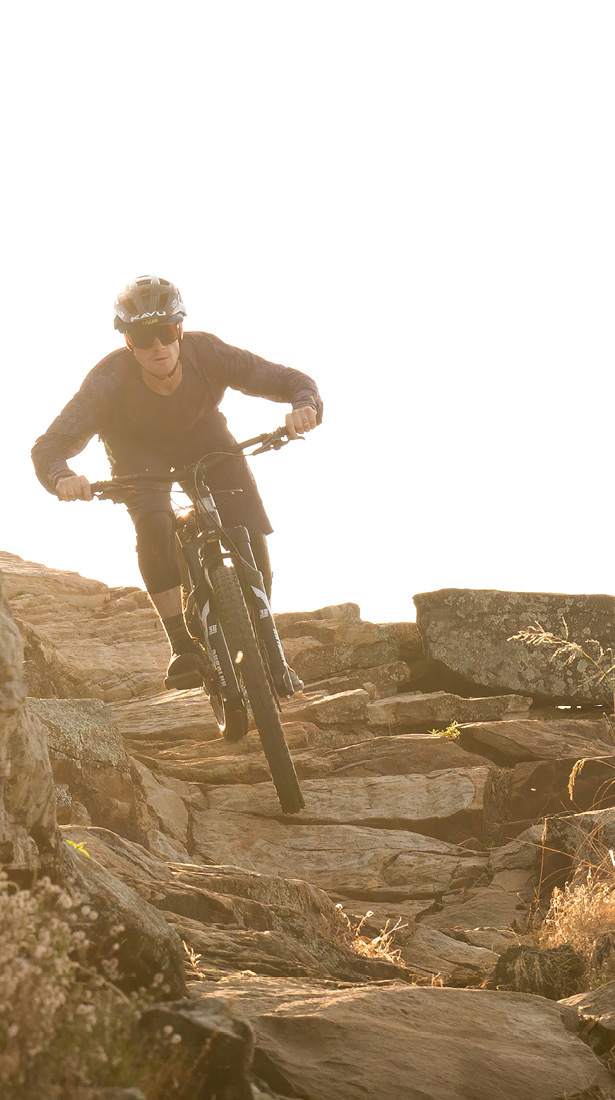

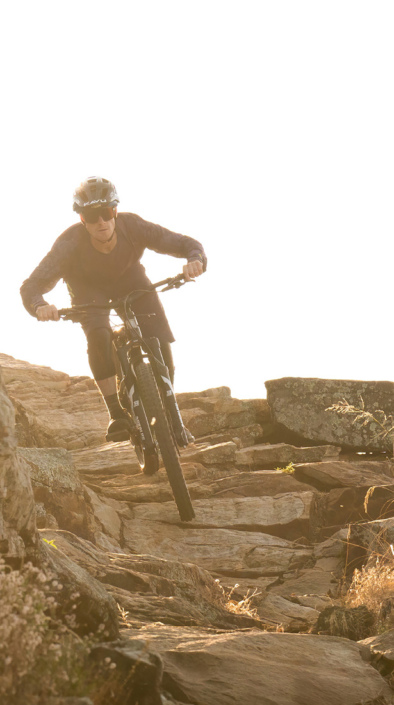


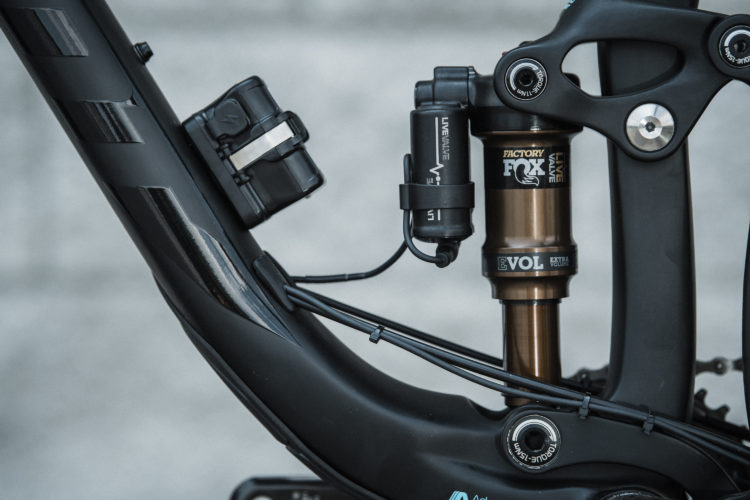


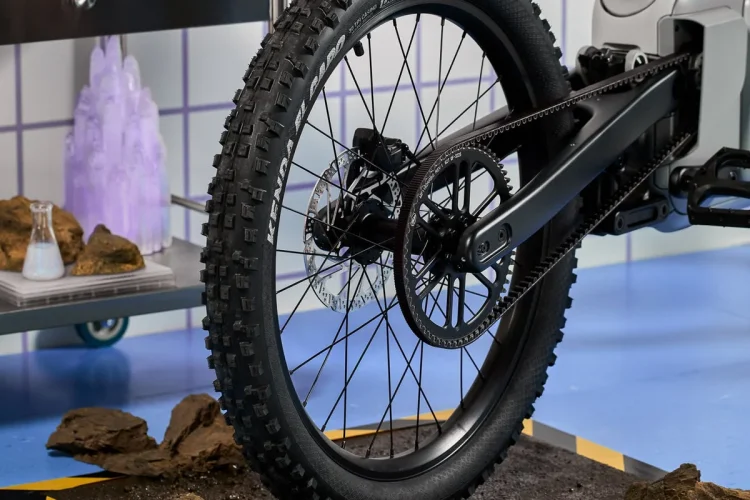
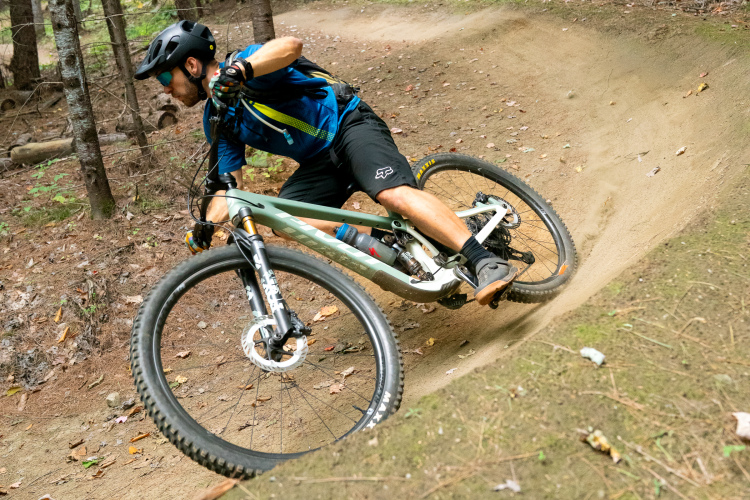
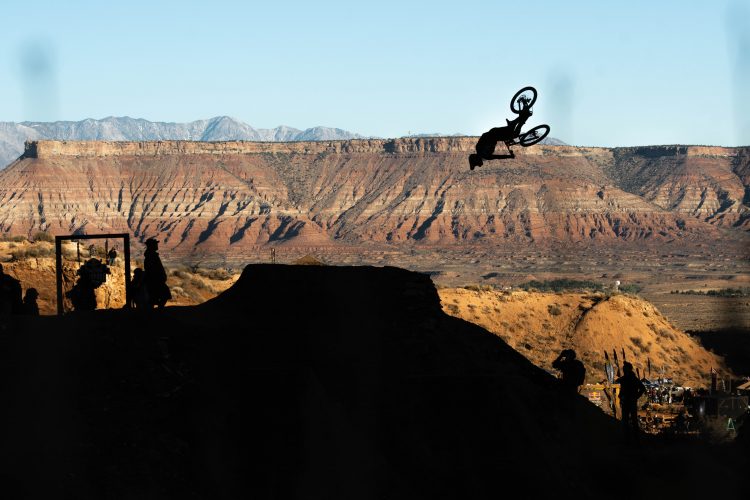
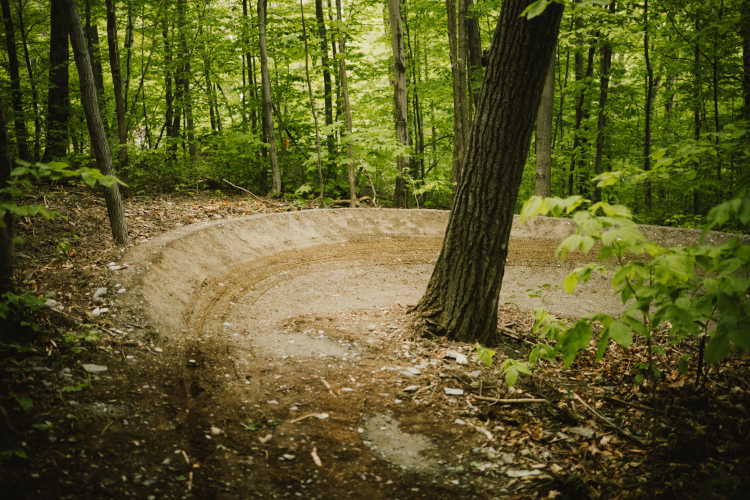

4 Comments
Jun 27, 2018
Jun 30, 2018
Jul 2, 2018
Jun 28, 2018